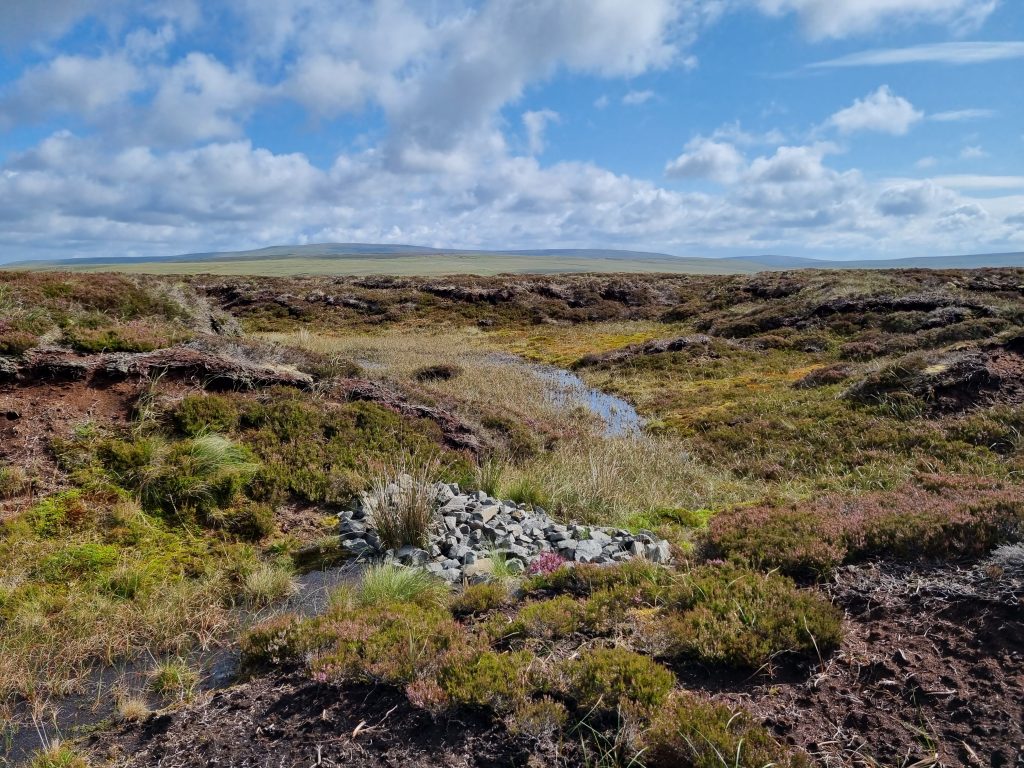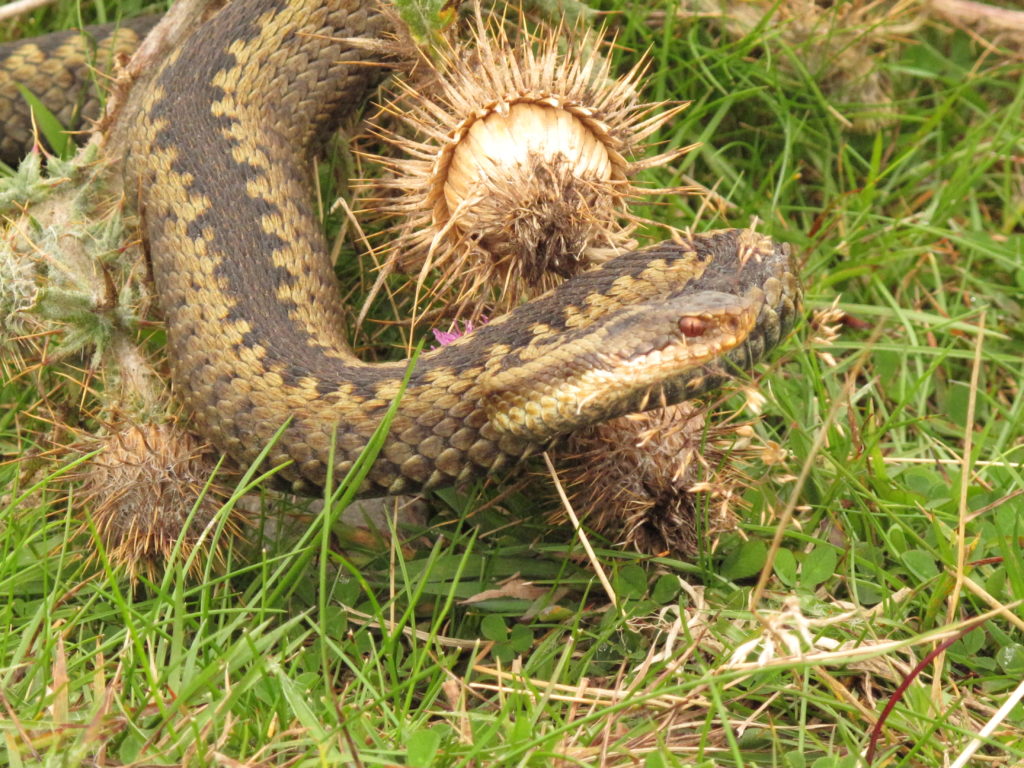News
Encountering wildlife under the stars
1 November 2020
Encountering wildlife under the stars
by Guy Broome
I live in Cumrew, in the heart of the North Pennines National Landscape team’s Fellfoot Forward Landscape Partnership Scheme territory, and have been camera trapping for many years. A camera trap is simply a remotely activated camera, equipped with a motion sensor. This technology gives us a chance to observe wildlife we might not normally see and more natural behaviour, particularly at night. The clips below are just a taste of the wonderful creatures I’ve discovered in this part of Cumbria through the use of trail cameras. There is little light pollution where I live, so I regularly trap moths but trail cams add another level of discovery and opportunity to see all sorts of animals. I place the cameras in a variety of habitat, including in woodland, along rivers and on moorland. You should always seek permission from land owners before setting up a camera.
This year, I’ve focused more on my local patch, especially during lockdown. Locating cameras around watercourses generally offer a good chance of picking up mammal activity, when they visit the becks to hunt, drink or sometimes play. I hope this footage might inspire you to explore your own back garden and further afield after dark. The North Pennines is such a fantastic place for wildlife and under the cover of the stars, we have a chance to learn so much more, when many animals are most active.
This hedgehog was picked up at predawn in April. The soundtrack is tawny owls and a typical songbird spring dawn chorus. Hedgehogs have done well in 2020, probably due to fewer cars on the roads.
Foxes are very wary outside urban areas as they are heavily controlled by legal shooting, usually lamping at night. They can sense the infra red light of the camera trap but only at close range so often exhibit shock like this one when they suddenly sense the trap.
Otters come up our becks to seek food such as small crayfish, fish spawning in the becks and even larger invertebrates such as dragonfly larvae. Their food items can be analysed from their spraint.
This camera trap would normally have been placed on nature reserves for surveys but in lockdown I put it up on Cumrew Beck just outside the village. I was surprised and delighted to see the polecat and even more so by the two otters chasing it off, a once in a lifetime camera trap clip.
Badgers, especially cubs, often play and communicate by odd clicking calls.
Badgers don’t fully hibernate but spend most of their time in winter in their sets, so are less frequently caught on camera traps during the coldest months. Watch to the end of this clip to observe the gradually disappearing rump.
Visit our Stargazing Week hub for more events, blogs and features.











